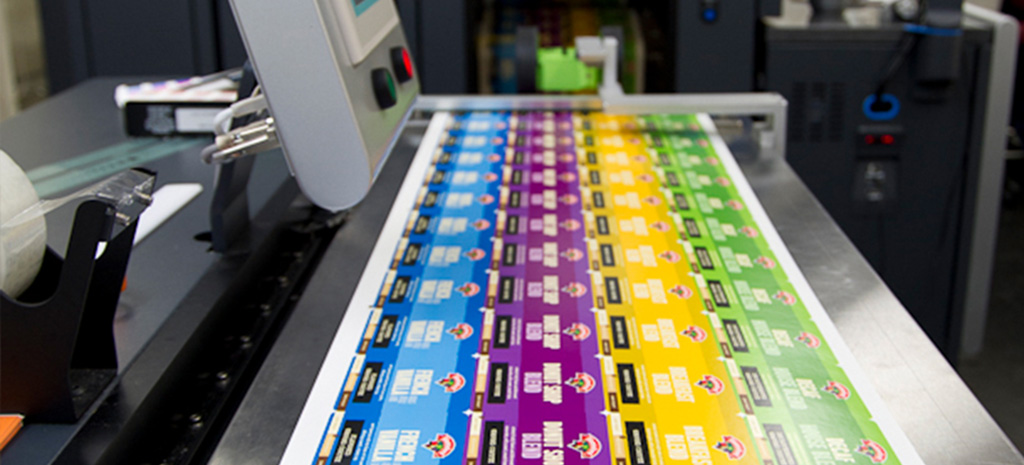In the constantly evolving world of packaging and printing, wide-web flexographic printing holds a significant place. This method, renowned for its versatility and quality, continues to be the preferred choice for many manufacturers and packaging experts. But what makes it so essential? In this article, we’ll explore the facets of this printing process, understand its applications, and dive deep into its effectiveness in modern industries.
With the increase in demand for high-quality printed materials, wide-web flexographic printing stands out due to its capability to manage extensive print runs efficiently. This article walks you through its detailed dynamics and how it meets modern demands.

Understanding Flexographic Printing
The basic principle of flexographic printing involves using flexible relief plates that can print on numerous substrates such as plastic, metallic films, and paper. This printing technique is not only swift but also economical, making it incredibly popular for packaging materials.
The Core Mechanism of Wide-Web Flexographic Printing
Wide-web flexographic printing involves the use of larger rolls, which are ideal for larger print areas, helping to streamline the production process. This techniques efficiency plays a pivotal role in high-volume runs, making it a game-changer in sectors demanding broad and consistent print applications.
Advantages of Wide-Web Flexographic Printing
The benefits of wide-web flexographic printing are numerous. One of the primary advantages is its speed. The process can operate at high speeds and achieve excellent print quality at the same time. Additionally, it offers a range of substrate versatility, allowing it to print on various materials, including plastics, metals, and even non-porous surfaces.
Cost-Effectiveness and Efficiency
Among the reasons why industries prefer wide-web flexographic printing is its cost-effectiveness. The setup costs are generally lower compared to other printing techniques, and the printing plates last longer, reducing overall expenditures. Coupled with fast production times, it’s a preferred method for companies looking to optimize costs.
Applications in Various Industries
Wide-web flexographic printing finds its applications across numerous industries ranging from food packaging to textiles. Its ability to print on different surfaces without compromising the print quality makes it indispensable in the packaging industry.
The Role of Technology Advancements
With technological improvements, wide-web flexographic printing has seen innovations that enhance its precision and efficiency. These advancements allow for better ink management and optimized operational processes, resulting in improved print quality and reduced waste.
Read more about advancements in flexographic printing works.
Eco-Friendly Printing Solutions
As companies strive to adopt more sustainable practices, wide-web flexographic printing has risen to the challenge. With the use of water-based inks and less harmful chemicals, this printing method significantly lowers the environmental impact while maintaining high-quality print output.
Flexographic Printing Versus Digital Printing
Comparing wide-web flexographic printing with digital printing can help businesses decide the best method for their needs. While digital printing offers flexibility in short-run projects, flexographic printing takes the lead in long production runs, where speed and cost are critical influencers.
For more insights into comparing flexographic vs digital, check this resource.
Impact on Marketing and Packaging Designs
Marketing professionals find wide-web flexographic printing immensely beneficial due to its high-quality output crucial for impactful packaging designs. The highly detailed prints and bright colors help in creating eye-catching graphics that can elevate brand recognition.
The Future of Flexographic Printing
Reflecting on its advances and effectiveness, the future of wide-web flexographic printing appears promising. With ongoing innovations addressing efficiency and eco-friendliness, this technology is poised to remain a vital part of the printing industry.

FAQ
What materials can be used in wide-web flexographic printing?
This method can print on various substrates, including plastic, paper, and more.
Is wide-web flexographic printing cost-effective?
Yes, it provides a blend of speed and quality while being cost-efficient.
How does wide-web flexographic printing benefit packaging?
It offers high-quality design capabilities, making packages more appealing and marketable.
As the industry progresses, wide-web flexographic printing continues to stand as a pivotal component in effective printing solutions. Understanding its capabilities can provide marketing professionals and manufacturers with a strategic advantage in the competitive field of packaging and print quality.






